#greco roman art
Explore tagged Tumblr posts
Text

Art: Greco-Roman Statues
Dear God! how beauty varies in nature and art. In a woman the flesh must be like marble; in a statue the marble must be like flesh.
#victor hugo#greco roman#greece#Ancient Greece#Rome#Roman#ancient roman#ancient rome#ancient greek#Greco roman art#Statues#ancient art#marble statue#marble sculpture#art aesthetic#art moodboard#history aesthetic#History moodboard#Art#roman statue#greek statue#Roman marbles#grecian#Grecian marbles#moodboard#aesthetic#History
16 notes
·
View notes
Text
so I realized something.
one of my favorite hobbies (besides being sephiroths full time simp) is art history and learning about different art styles from many time periods. my favorite is and always has been the Greco Roman period. I was looking at Greco Roman sculptures a couple days ago, and as I was looking at these ones in particular.
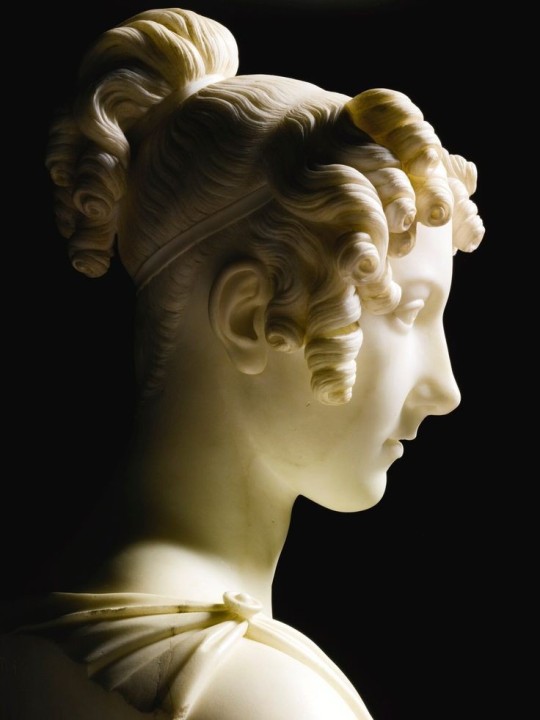
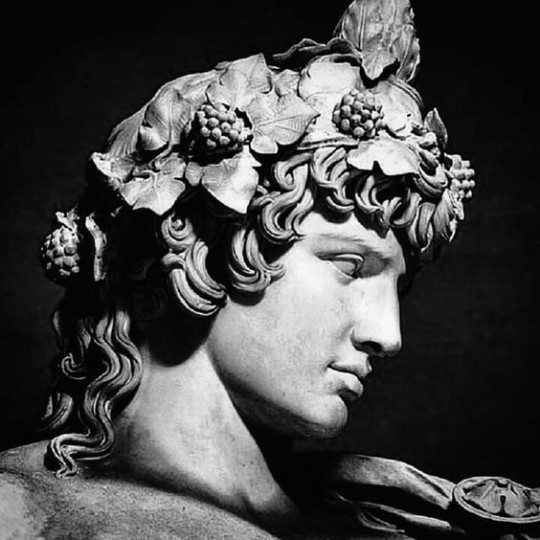
I looked at these and i saw someone else in them.

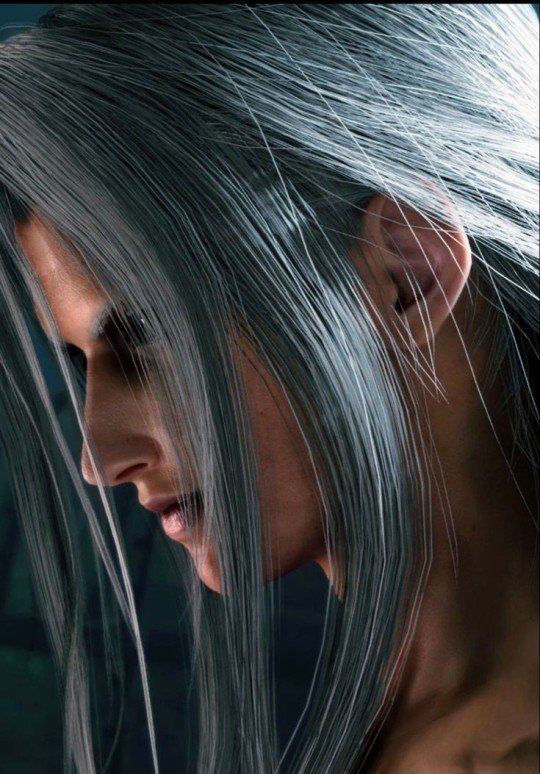
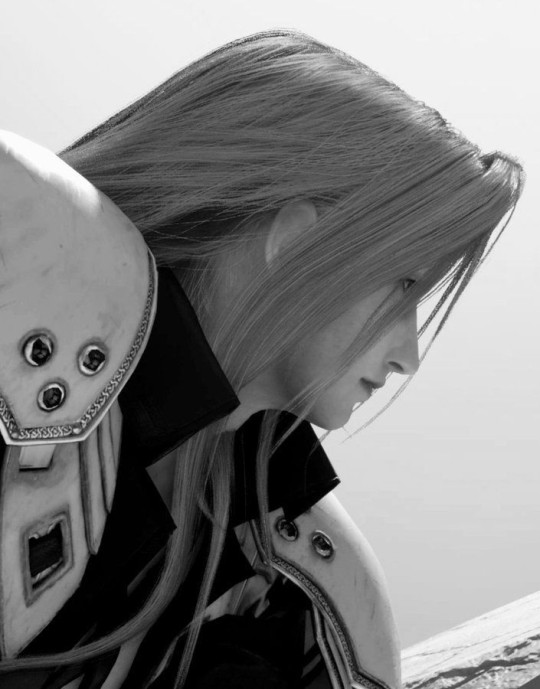
like the side profile of this man screams Greco Roman to me with his sharper nose, strong chin, and full lips. especially head on too.

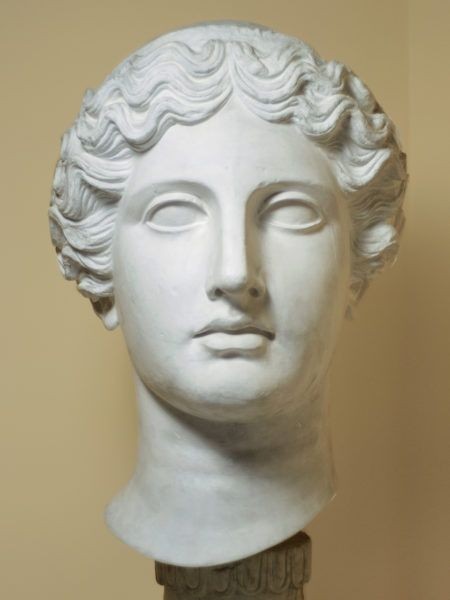
especially with the definition on the bridge of the nose and on the upper lip.


looking back on it, I think that these similarities between Greco Roman art and this beautiful man that has been a longtime figment of my childhood is what drew me in to playing more ff7 games that had him in it because of the fact he is the embodiment of my favorite art style 😘😘
#final fantasy 7#final fantasy vii#sephiroth#final fantasy 7 remake#this man is so beautiful i wanna cry#sephiroth hmu challenge#greco roman#greco roman art#sculptures#sculpting#art
9 notes
·
View notes
Text
0 notes
Text


0 notes
Text

I HAD PROMISED I'D DRAW FANART OF @rocknpebbles REDESIGNS OF THESE TWO, and I finally found the time to do it!!!
#one piece#sanji#usopp#god usopp#black leg sanji#sniper king usopp#me art#THIS WAS SO FUN SORRY IT TOOK SO LONG#also op idk if Usopp's vaguely greco-roman gladiator warrior vibe was intentional bc of his namesake being Aesop and stuff but#I am greek and it makes me really happy like!!! this is how afrogreek usopp can still win.#I added a kabuto beetle on the brooch I had to
827 notes
·
View notes
Text



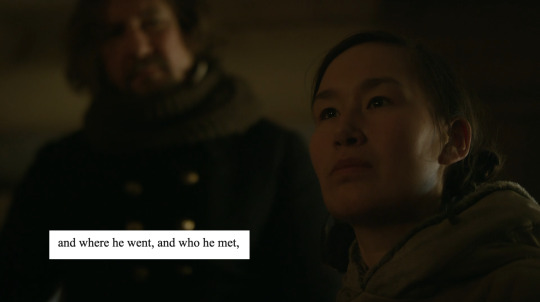


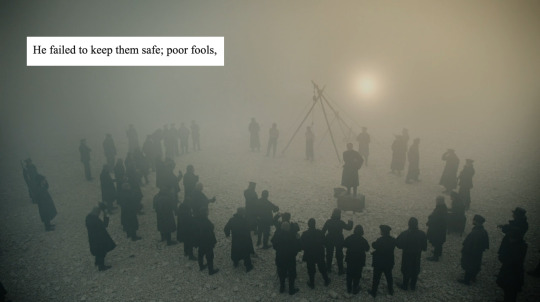
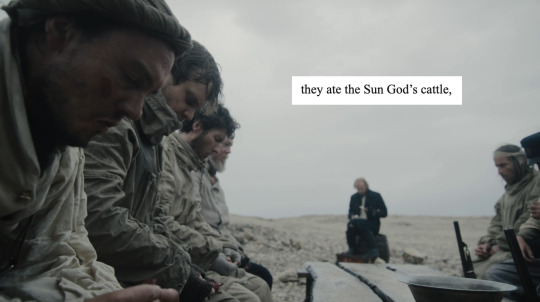
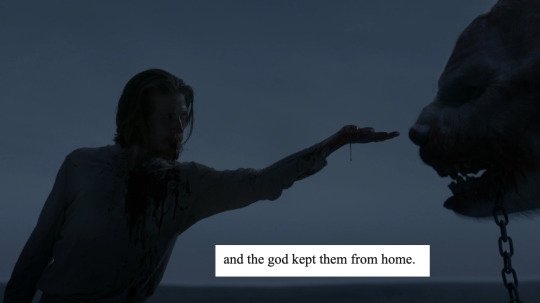


the terror (2018) // the odyssey, trans. emily wilson
#the terror#the terror amc#francis crozier#continuing my saga of greco-roman classics x poor quality terror screenshots#'ohhhhh a liberal arts degree has no utility' What's This Then Motherfucker.
2K notes
·
View notes
Text
2,000-Year-Old Fayum Portraits from Roman Egypt: also known as "mummy portraits," these funerary paintings were often fastened to the coffins of the people they depicted

Above: Fayum portrait of a woman from Roman-occupied Egypt, c.100-110 CE
Fayum portraiture was a popular funerary practice among the upper-class families of Roman Egypt from about 50 CE to 250 CE. Given the high mortality rates for children during this period, many of these portraits depict children and youths, but adults were often featured, too.
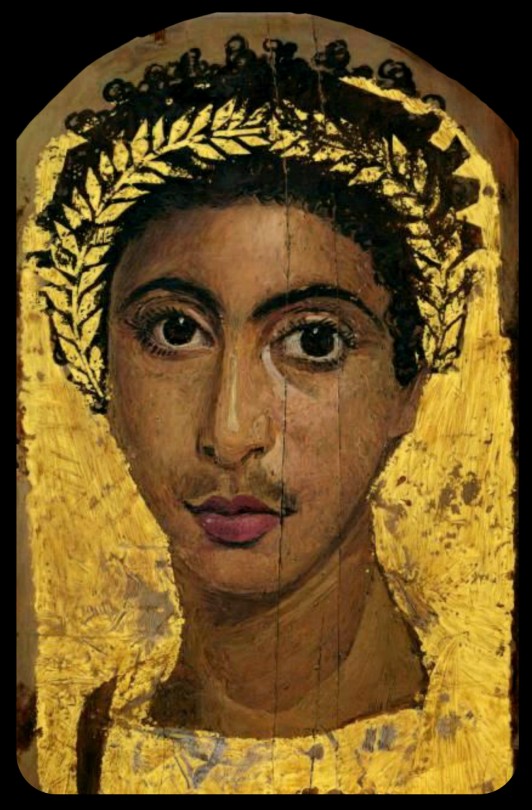
Above: portrait of a youth wearing a golden wreath, c.130-150 CE; the wreath and the background of the portrait are both gilded
The population of the Faiyum Delta, where most of these portraits were found, largely contained individuals with both native Egyptian/North African and Greek heritage. The Greek lineages can be traced back to the Ptolemaic period, when the Greeks gained control of Egypt and began to establish settlements throughout the region, gradually leading to a cultural diffusion between the Greek and Egyptian populations. The Romans eventually took control of Egypt in 31 CE, absorbing it into the Roman Empire and colonizing much of North Africa, but the demographics of the Faiyum Delta remained largely unchanged.

Above: portrait of a man with a mole on his nose, c.130-150 CE
Many of these Fayum portraits reflect the same blend of ethnic and cultural roots, depicting individuals with both Greek and native Egyptian heritage (a claim that is supported by both archaeological and genetic evidence). Some portraits may also depict native Egyptians who did not have any European ancestry, but had been integrated into Greco-Roman society.

Above: portrait of a bearded man, c.170-180 CE
These representations of native Egyptians provide us with unique insights into the actual demographics of Roman-occupied Egypt (and the ancient world at large). Non-European peoples are rarely included in depictions of the classical world; it's also interesting to see the blend of cultural elements that these portraits represent.
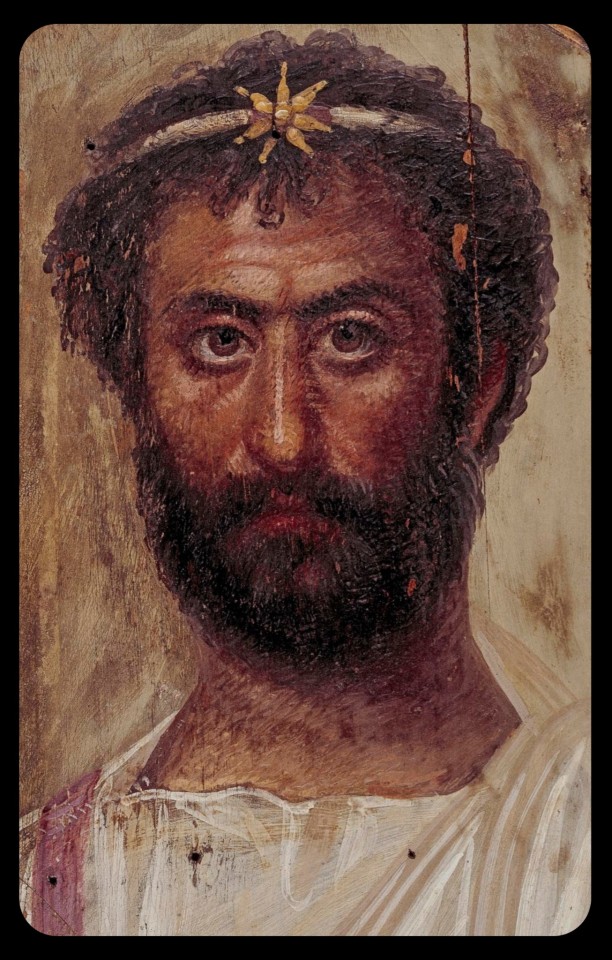
Above: portrait of a priest of Serapis, c.140-160 CE; the man in this portrait is shown wearing a fillet/crown that bears the seven-pointed star of the Greco-Egyptian god, Serapis
As this article explains:
In the 1800s and early 1900s, Western art historians didn’t know what to make of these portraits. Scholars of Roman history labeled them Egyptian. Scholars of Egyptian history labeled them Greco-Roman. These binary academic classifications failed to capture the true complexity of the ancient (or, indeed, modern) Mediterranean. In reality, Fayum portraits are a syncretic form, merging Egyptian and Greco-Roman art and funerary practices. They reflect the cosmopolitanism of both Roman and Egyptian history.

Above: portrait of a man, c.80-100 CE (left); portrait of a bearded officer, sometimes referred to as "Perseus," c.130-175 CE (right)
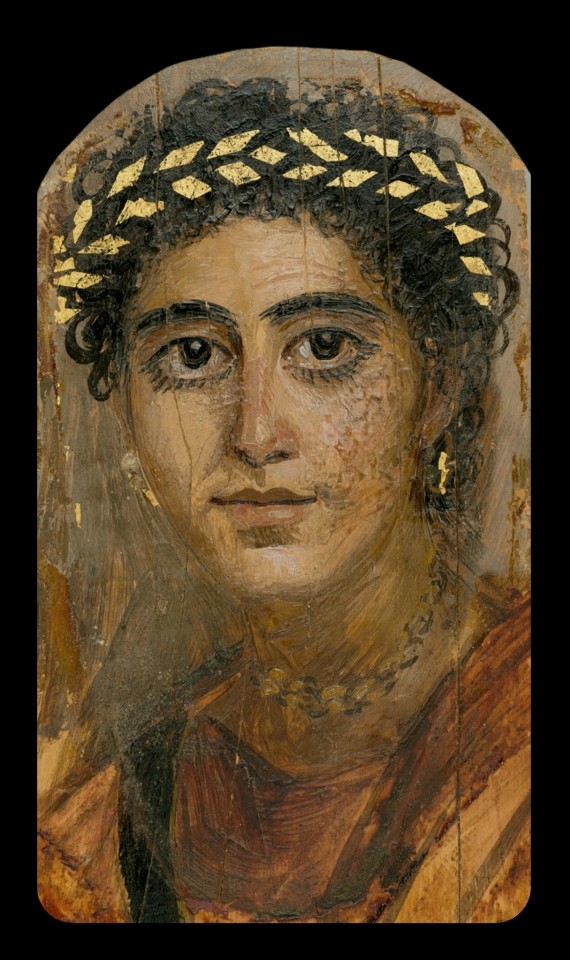
Above: portrait of a young woman in red, c.90-120 CE
Nearly 1,000 of these portraits are currently known to exist.
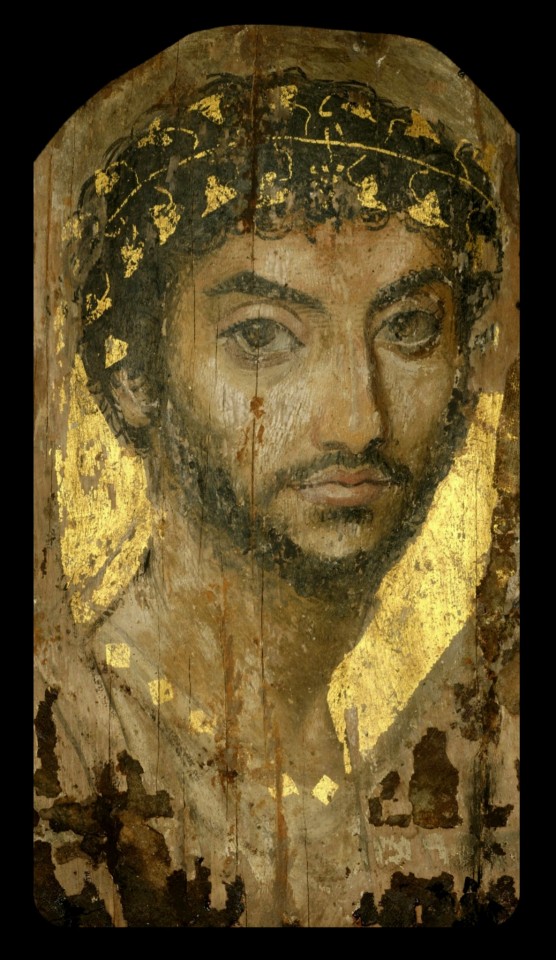
Above: portrait of a man wearing a gilded ivy wreath, c.100-150 CE
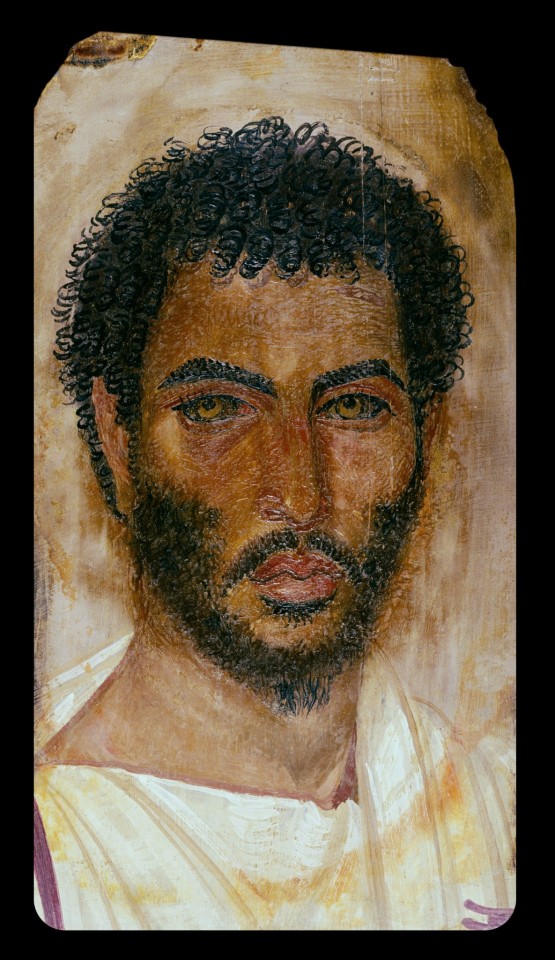
Above: portrait of a bearded man, c.150-170 CE
Sources & More Info:
Curationist: Fayum Portraits
Harvard Art Museums: Giving the Dead their Due: an Exhibition Re-Examines Funerary Portraits from Roman Egypt
Getty Museum: APPEAR Project
Getty Museum: Faces of Roman Egypt
National Geographic: Ancient Egypt's Stunning, Lifelike Mummy Portraits
The Athens Centre: The Myth of Whiteness in Classical Sculpture
Forbes: Whitewashing Ancient Statues: Whiteness, Racism and Color in the Ancient World
#archaeology#artifact#anthropology#history#ancient history#art#fayum portraits#roman egypt#ancient rome#ethnography#painting#portrait#north africa#people of color#egypt#religion#greco roman#greek#classical antiquity#fayum#mummy portraits#romano egyptian#representation
395 notes
·
View notes
Text

commission of my oc nia
179 notes
·
View notes
Text

Apollo and the Sun Chariot by Pinckney Marcius-Simons
#apollo#sun#chariot#art#pinckney marcius simons#symbolism#symbolist#greco roman mythology#classical mythology#roman mythology#greek mythology#europe#european#gods#religious art#religion#chariots#horses#city#landscape
254 notes
·
View notes
Text
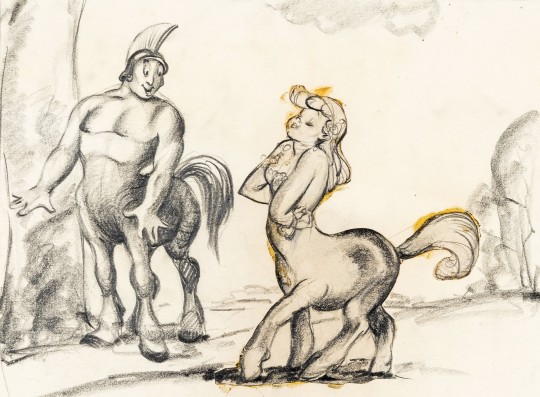
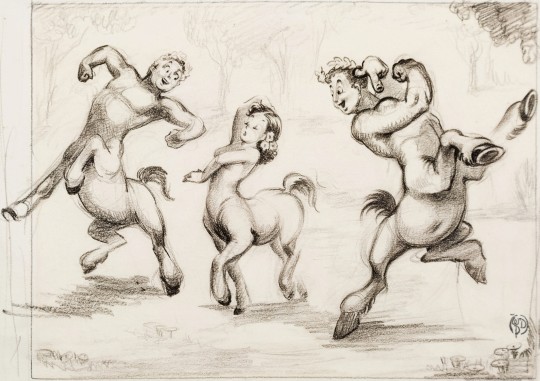
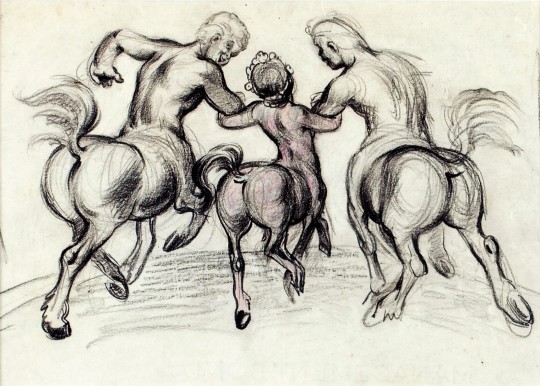
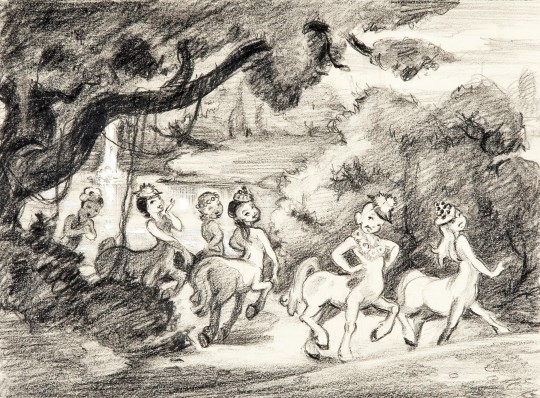
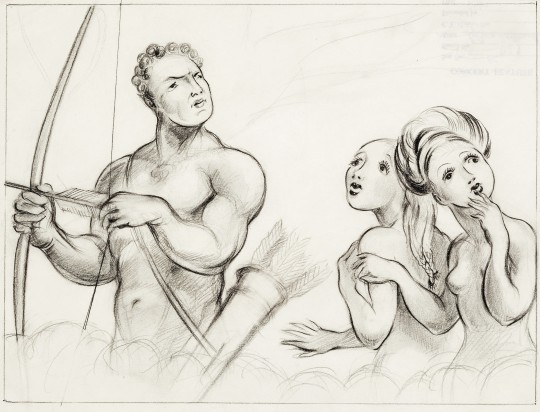
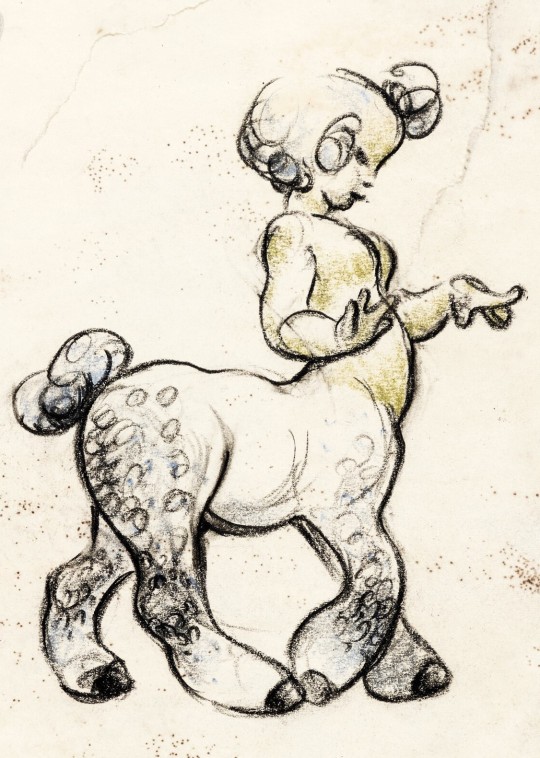
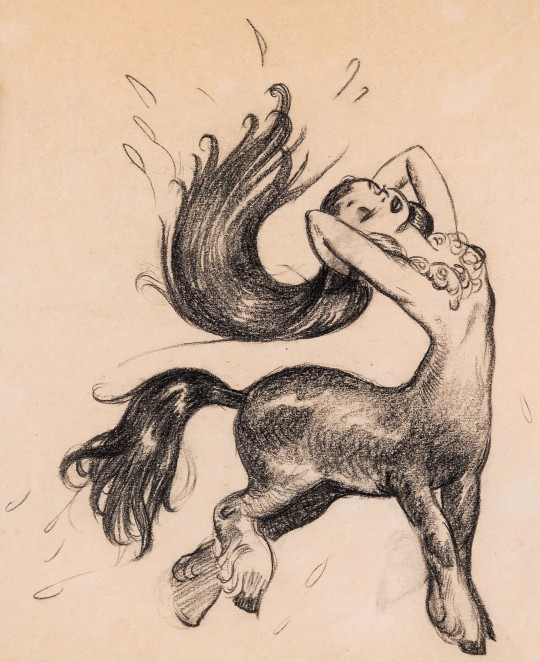
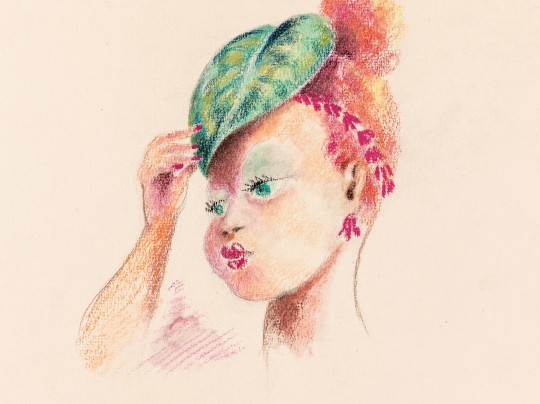


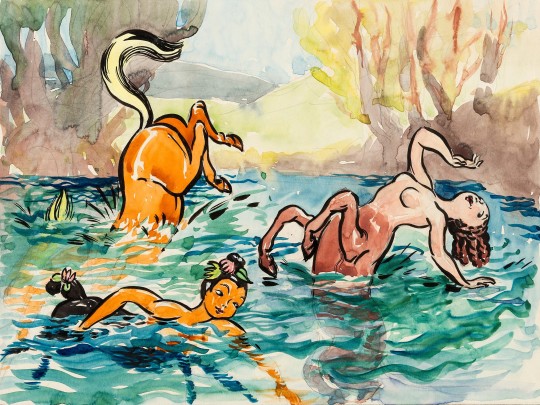


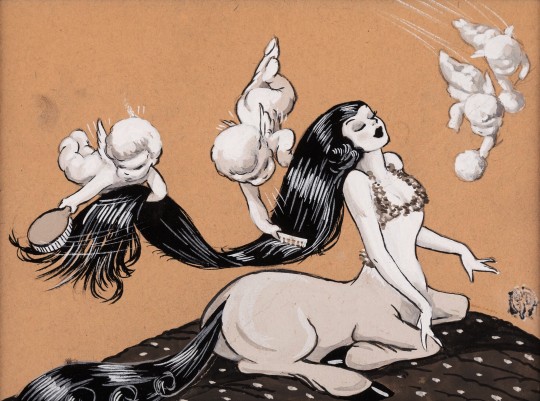
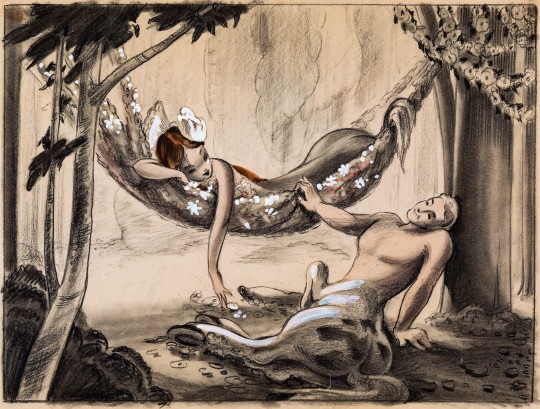

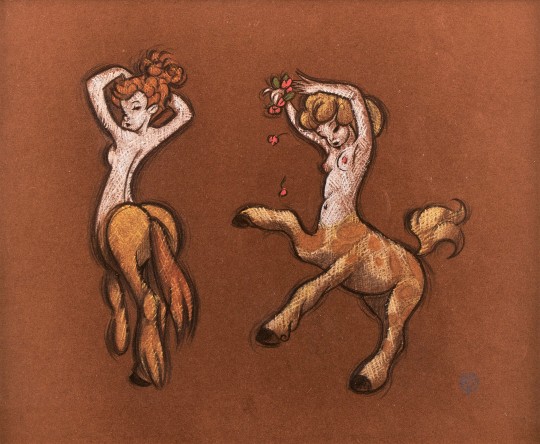
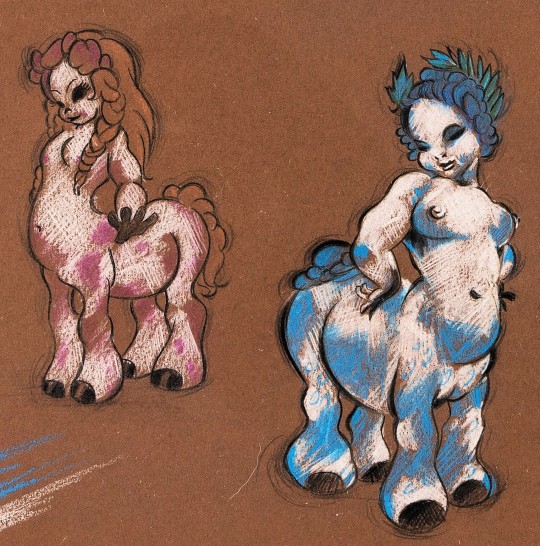
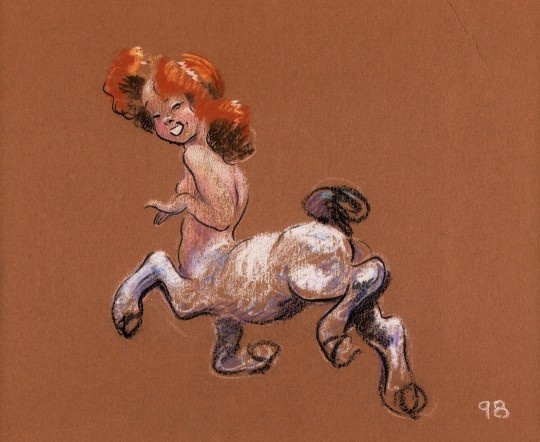

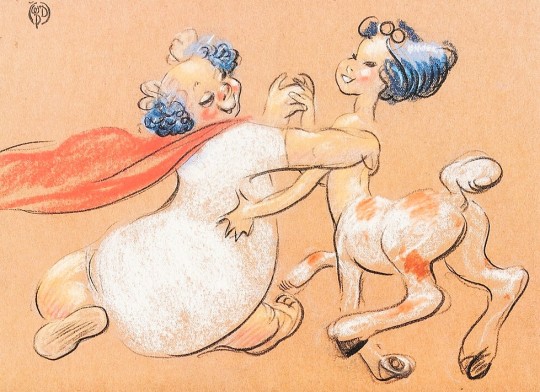
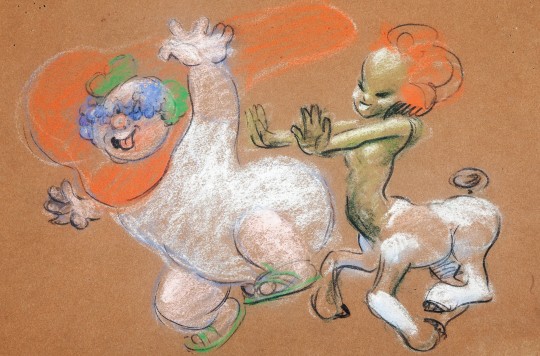
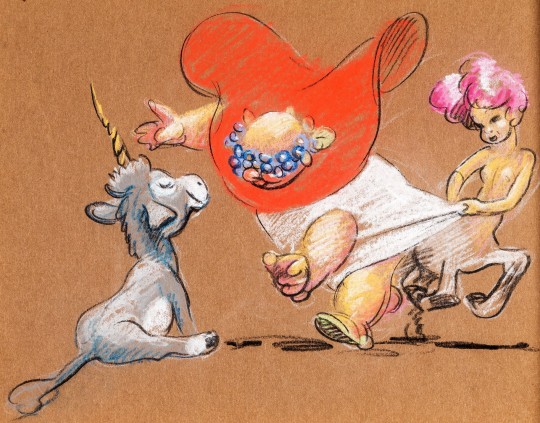
Fantasia: The Pastoral Symphony - Concept art by James Bodrero, Fred Moore and Sylvia Holland (c.1939)
#fantasia#james bodrero#fred moore#sylvia holland#disney concept art#walt disney#fantasy art#the pastoral symphony#centaurettes#centaurs#bacchus#greco-roman mythology#disney animated features#40s animation#40s movies#1939#1940#1940s
643 notes
·
View notes
Text


A poly bathstarion sandwich (thank you to @darlingxdragon for coining bathstarion 😂♨️). I can't seem to help myself from rendering these as more than sketches. We'll see how the Karlach x Shadowheart piece in my WIP folder goes lol
Astarion Pose 1 ~ Astartion Pose 2 & 3
#baldurs gate 3#astarion#astarion x halsin x tav#halstarion#polycule#baldurs gate fanart#bathstarion#greco roman inspiration#not sfw#art nude#bg3 brainrot#astarion sandwich#spicybardjj
218 notes
·
View notes
Text
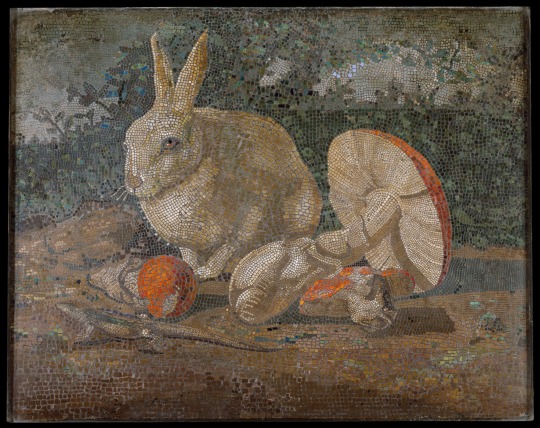
19th or early 20th c. Greek or Roman mosaic of a rabbit, lizard, and mushroom
Via Wikimedia Commons.
1K notes
·
View notes
Text

Venus And Cupid Joseph Bernard
#french art#mythology#roman mythology#venus#cupid#Greco-Roman mythology#art#painting#art history#Joseph Bernard
104 notes
·
View notes
Text



I am COOKING haunted ass bronze men,,,,take this and begone from my chambers....
#the objectum brain told me I WILL have weird haunted statue persona. NOW!!!#roman#greek#greco roman#art#objectum#original character#oc#agalmatophilia
36 notes
·
View notes
Text
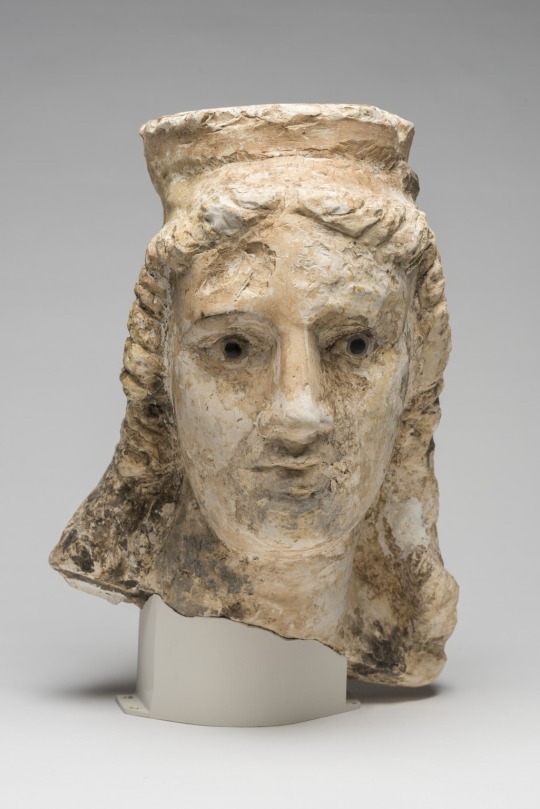


~ Female Head.
Culture: Graeco-Egyptian
Place of origin: Akhmim, Egypt
Date: 1st century B.C.-A.D. 1st century
Period: Ptolemaic Period-Roman Period
Medium: Limestone, stone, pigment
#ancient#ancient art#history#museum#archeology#ancient egypt#ancient sculpture#roman#ancient history#archaeology#Greco-Roman#female head#portrait#akhmim#Egyptian#egyptology#Egypt#ptolemaic#roman period#1st century B.C.#a.d. 1st century
283 notes
·
View notes
Text
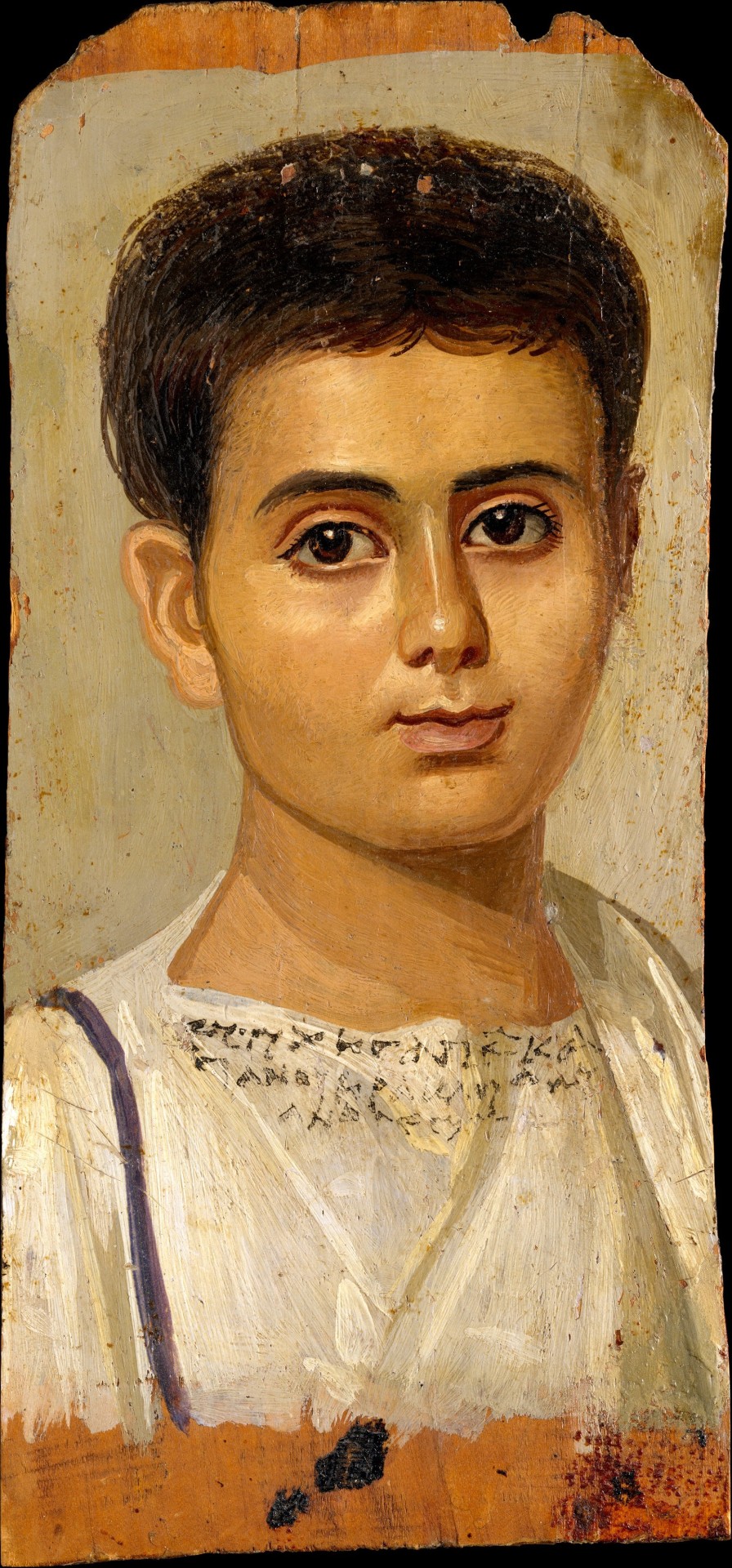
Ancient Egyptian mummy portrait (encaustic on wood) of a boy identified by an inscription as Eutyches. Artist unknown; 2nd cent. CE (Roman period). Now in the Metropolitan Museum of Art.
#classics#tagamemnon#art#art history#ancient art#Egypt#Ancient Egypt#Egyptian art#Ancient Egyptian art#Greco-Egyptian#Greco-Egyptian art#Roman Egypt#Roman Empire#portrait#portrait painting#mummy portrait#children in art#Metropolitan Museum of Art#encaustic#encaustic on wood
559 notes
·
View notes